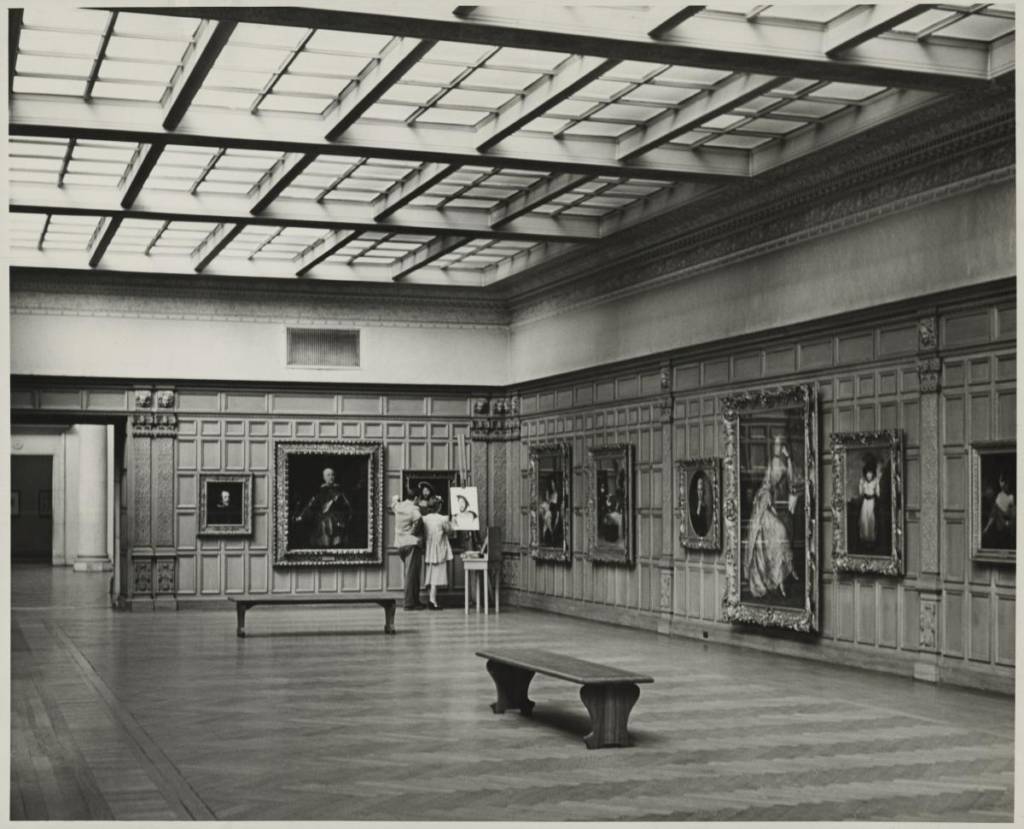By RON WELBURN
for Francis Martin (Nauset/Nipmuc)
Blind at night in the forest,
you are right about fear and
what it does to you there,
how fluids and adrenaline fix the eyes
on what the mind cannot accept.
By RON WELBURN
for Francis Martin (Nauset/Nipmuc)
Blind at night in the forest,
you are right about fear and
what it does to you there,
how fluids and adrenaline fix the eyes
on what the mind cannot accept.
For every beast of the forest is mine,
and the cattle upon a thousand hills.
Ps. 50:10
. . . And the vixen ascends, staggering,
On all her cinnamon-colored fours.
And the bear shifts his vision forward,
As if it’s a hop-fingered hand.
By ANNA GLAZOVA
thread your fingers through whole hinges
if the opening is blocked if there is no new
no old moon in the window.
By ANNA GLAZOVA
the superior sun will never move
chained into itself by the moving heft.
for us the sun moves and pulls
the heft behind
The dark-winged prostitutes at the bus station in Boston
Look like pleasure boats or better sharp-breasted bathing beauties
At full sail on the waters of Saint-Malo
But this analogy like cheap shorts is too tight
And chafes your thighs
Polina Barskova, Anna Glazova, and Maria Stepanova belong to the last generation of Russian poets formed by the Soviet experience. Born in the 1970s, they are old enough to have visceral memories of Soviet life but young enough to move adeptly with the new influences, new media, and new choices introduced in the post-Soviet era. Educated in Soviet, European, and U.S. universities, they share a cerebral firepower they exercise in their chosen professions—Barskova and Glazova as scholars, teachers, and translators, Stepanova as an influential online journalist. Together they represent a contemporary Russian culture that extends beyond national borders: Barskova has immigrated to the U.S., Glazova is based in Germany, and Stepanova is a lifelong Muscovite.
By LEIGH NEWMAN
I grew up in Alaska, where one thing after another was constantly threatening my young life. Floatplanes stalled. Grizzlies ate our camping supplies. A moose wandering through our backyard got angrier than expected when a kid from school threw a rock at its knees. I wouldn’t say I was cavalier or brave about these experiences, but I didn’t need much time to recover from them. I was a child. My conclusion was almost always the same: I was still alive, and so was the rest of my family. We could all eat a granola bar and keep on fishing.
aa (pronounced “ah-ah”)
ORIGIN: <Hawaiian, ‘a’, “to burn.”
1. Lava that has a rough, jagged, spiny, and generally clinkery surface.
2. How to gloss this sharp language, its reflective surfaces, its chinks?
By ESTHER BELL

I am a sixth-generation Texan who married a fiercely native New Yorker, which means I have a keen appreciation for the ways in which places shape lives. When I moved to Cincinnati, Ohio, in the dead of winter last year, it was an odyssey that once again challenged my sense of identity. Cincinnati is worlds apart from both Texas and New York, and unlike those proudly parochial states, this city can lay a strong claim as the heart of America. It was settled in 1788 on the banks of the Ohio River, and at the turn of the century, Henry Wadsworth Longfellow named it “the Queen of the West”:
In collaboration with Lateral Office
Introduction by Scott Geiger
The Faroe Islands are not the rural, subarctic archipelago you imagine. Like their distant peers on the Danish mainland, the Faroese are thoughtful, progressive city-builders. To connect their dispersed communities, their highway system tunnels through basaltic mountains and under North Atlantic waters. Fast ferries and helicopter taxis run between remote points. With such transit infrastructure, this might seem like a maritime metropolis, if only they had the population. But more people live in Portland, Maine, than on the eighteen Faroe Islands.